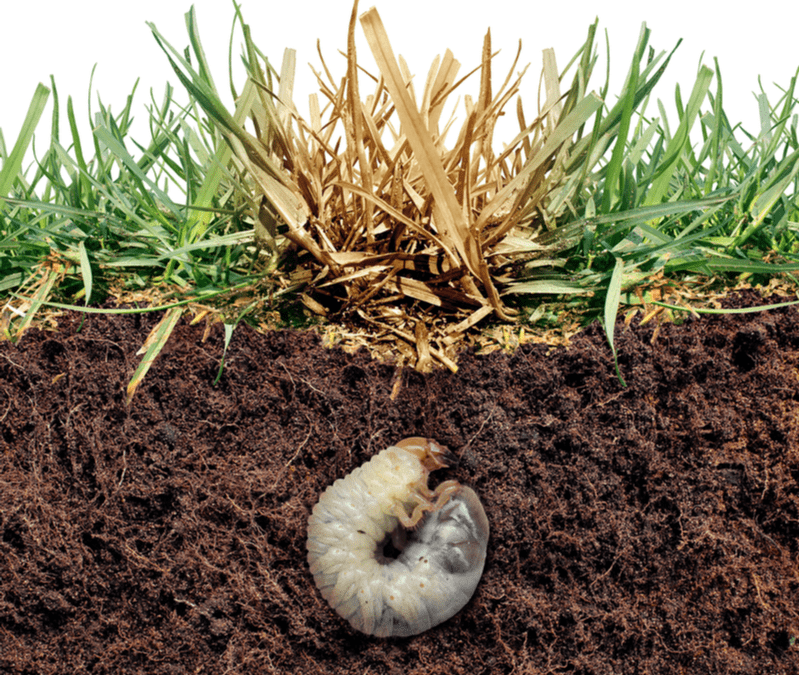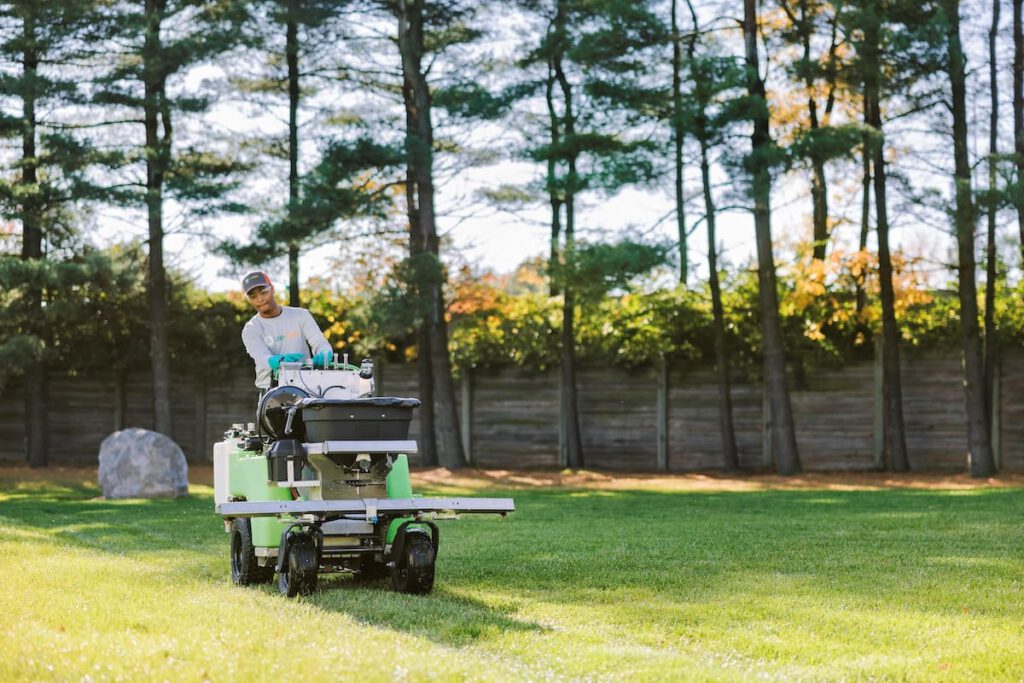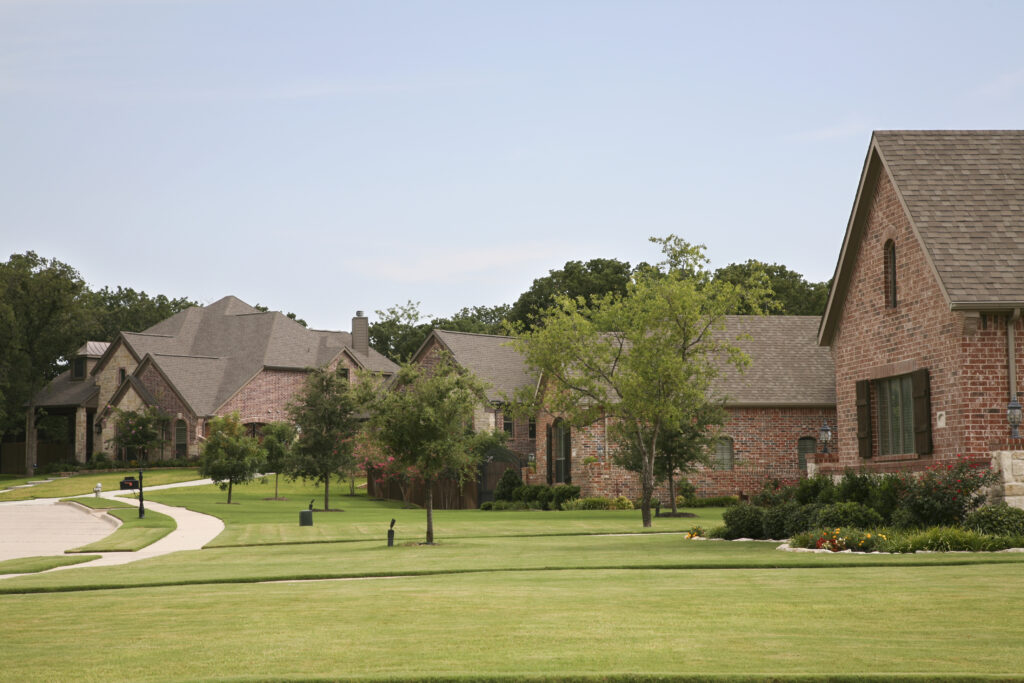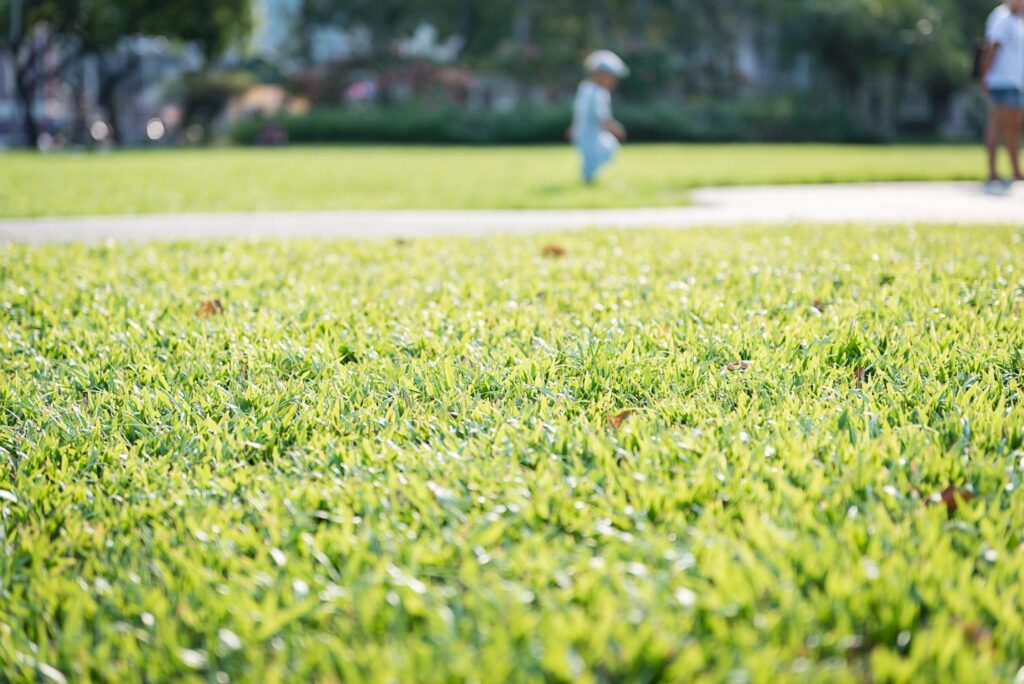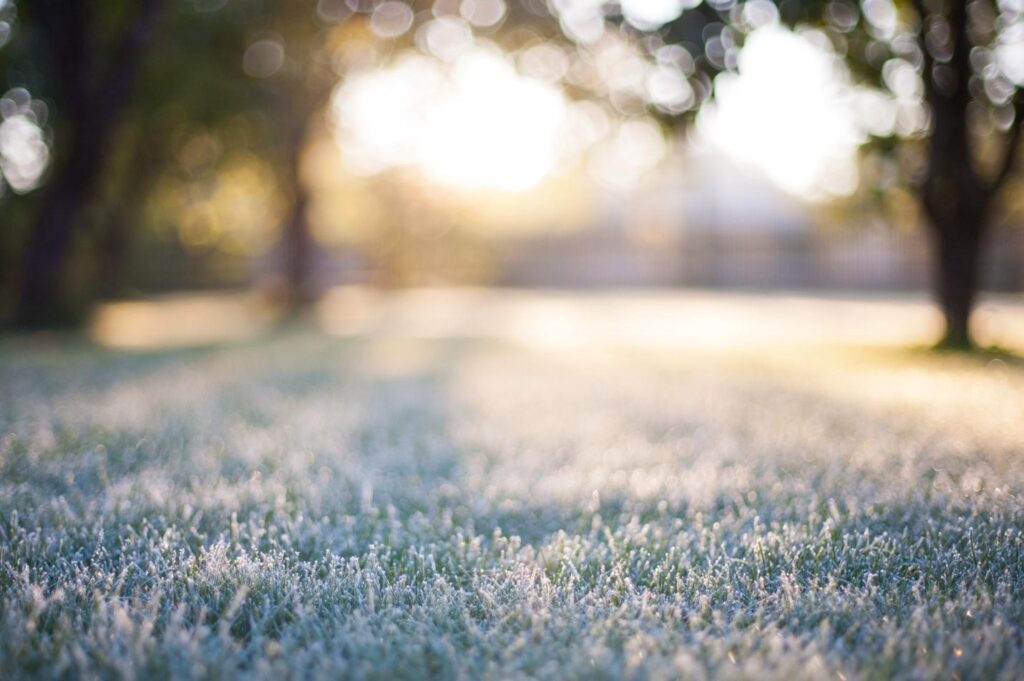Being a homeowner, you put a lot of time and money into your lawn, so it can be frustrating when it still doesn’t look its best. If you are someone that has reoccurring brown patches, you may be dealing with a grub infestation.
What Are Grubs?
Grubs are a type of larvae that have a milky white coat, brownish head, and when disturbed, curl into a “C” shape figure. They usually appear during the late summer months, but their effects are felt throughout every season.
Grubs live a few inches beneath the surface of the soil and can do a significant amount of damage to lawns. They feed on the roots of the grass which can kill patches of your lawn, leaving you with reoccurring brown patches. Although they go dormant in the winter, mature grubs resurface each year and begin to feed on the root system all over again.
Signs You Have Grubs
When it comes to identifying these unwelcoming guests, there are several signs to watch for:
- Animals digging up your lawn in search for grubs
- You have dead, brown patches in your lawn
- You have sponge-like areas that feel like fresh sod
- Moths flying around the surface of your lawn, bed, and gardens
Lastly, and the more obvious sign, if you physically see grubs in your lawn. To do this, you may have to pull back a few small patches of your lawn in order to investigate. If you see more than five grubs per square foot, this is a sign that you have an infestation.
Grub Preventive
There are preventive products that are effective against grubs, but there is a right and wrong time to apply them.
If you do have a grub problem in your lawn it can end up costing you more than if you were to apply pre-emergent seasonally. Preventive grub is best when applied in the summer, these products are intended to fight off any future grub larvae you could have, to prevent any from hatching and feeding on the root system.
Treatment for Existing Grubs
If you have existing grubs, removing them from your lawn can be an expensive process. Dylox is a curative grub control used to kill existing grubs.
When applying the product, it is best to thoroughly water the area to help activate the ingredient and enhance results.
To learn more about grubs and the damage they can do, click here.
Repairing Lawn Damage
Grubs are not active until late summer or early fall, which is why the best time to repair any grub damage in your lawn is usually in the fall.
As grubs are sent deeper into the soil for the winter and go “dormant,” lawns can get the nutrients they need to wake up healthy and disease-free in the spring. There are a few options you can do when looking to revive your lawn.
One option is to remove the dead grass for new to grow. Raking over the top layer of thatch can help loosen any areas of dead grass you have, without causing damage to the roots. If you rake and water properly, you should start to see new grass begin to fill out the bare spots around the lawn.
Another option is reseeding. After you remove the damaged areas, sprinkle a handful of seeds across freshly loosen fertilized soil. And again, you want to make sure you are watering regularly for the seeds to sprout and begin to grow in place.
Lastly, you can replace the affected areas with sod. This option will be more expensive but will show results almost immediately.

